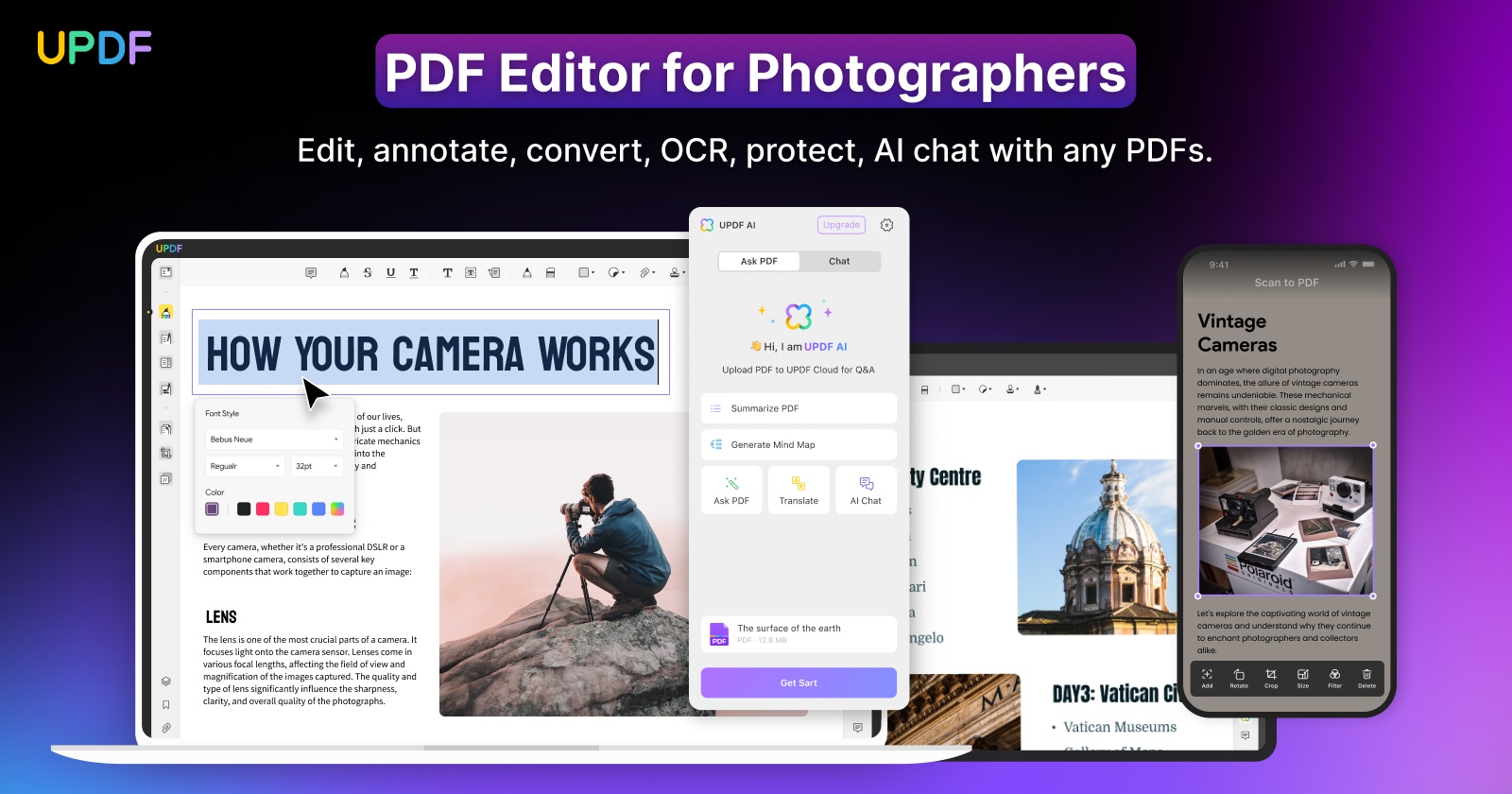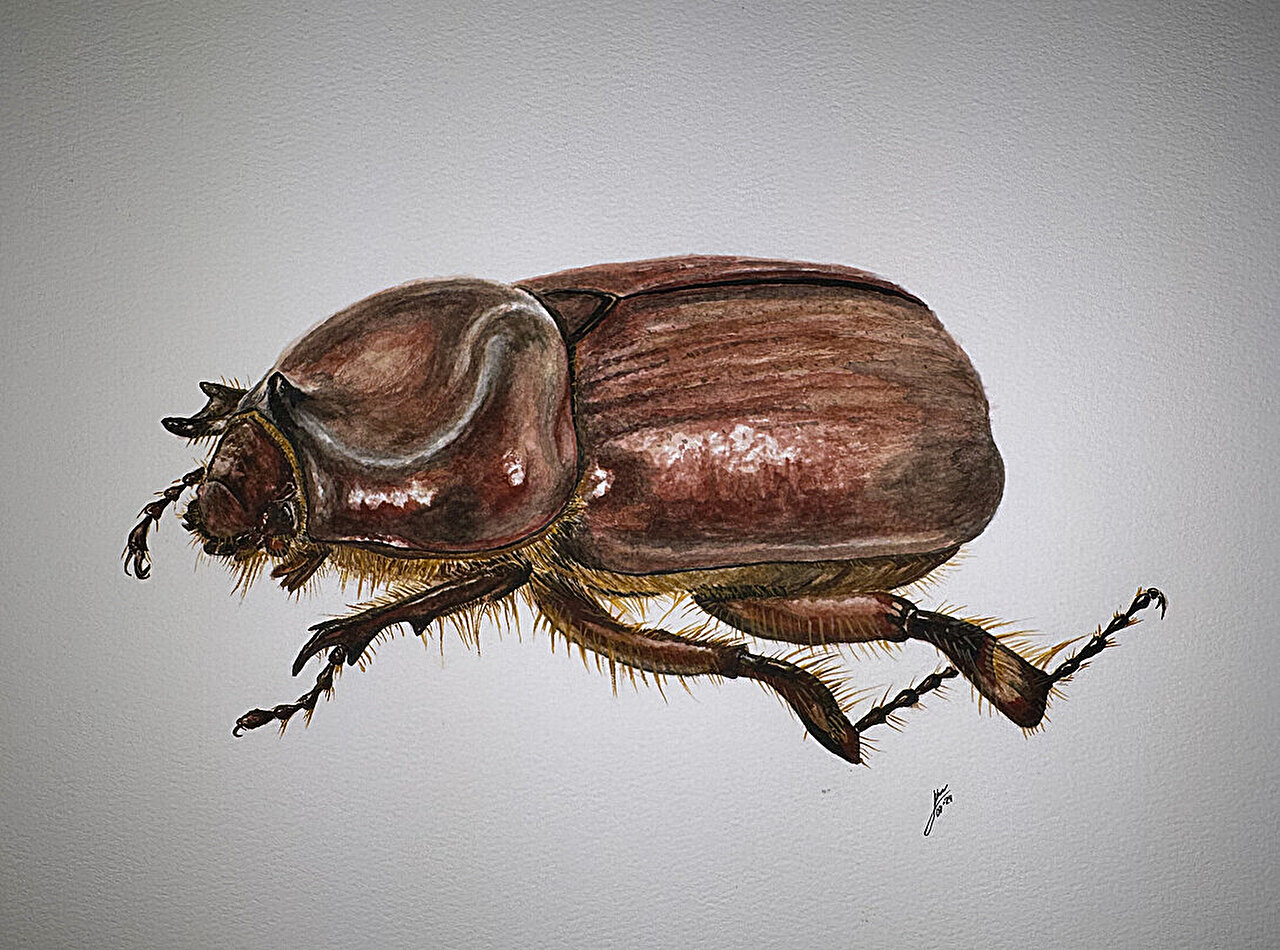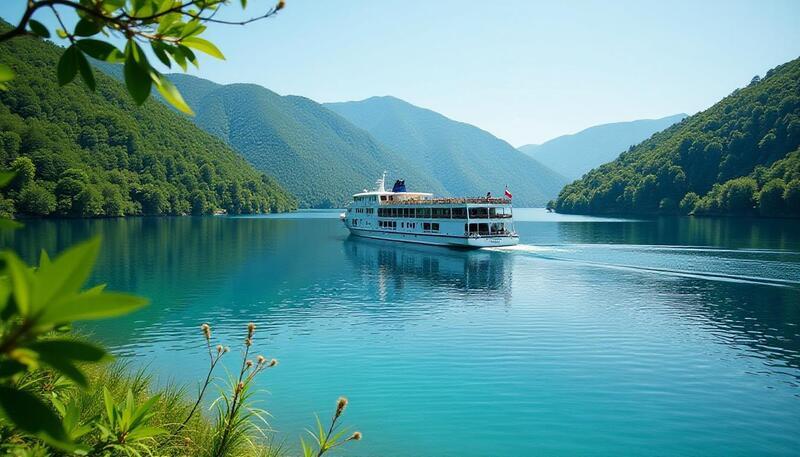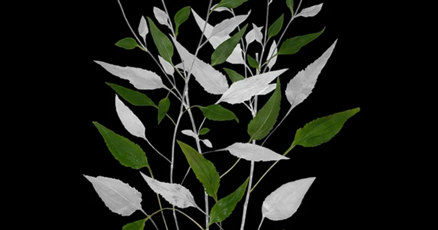
When whispers of a new lens from OM Digital Solutions began to circulate, many photography enthusiasts and professionals alike braced for the expected – a 50-200mm f/2.8 lens that would neatly fill a gap in the company’s roadmap. However, the announcement of the OM System M.Zuiko 150-600mm F5.0-6.3 IS lens took the photography world by surprise, not just for its unexpected introduction but for the remarkable features it promised. This lens isn’t just a new piece of equipment; it’s a game-changer for outdoor and wildlife photographers, offering unparalleled reach and image quality in the Micro Four Thirds system.
A Lens Like No Other
The M.Zuiko 150-600mm lens stands out for its unique combination of reach, image stabilization, and adaptability. Designed for the Micro Four Thirds system, this lens inherits the legacy of Olympus’ renowned product line with a modern twist. It’s not just the equivalent of a 300-1200mm lens on a 35mm sensor camera that catches the eye; it’s the addition of Sync IS technology offering up to 7 steps of image stabilization at 150mm that truly sets it apart. This feature, in conjunction with 1.4x and 2x teleconverters, extends its reach up to an astonishing 2,400mm, opening up new possibilities for wildlife photography where distance from the subject is often a critical factor.
Performance in the Field
Tested in the challenging conditions of Finland’s cold weather, the lens proved itself to be a formidable tool for outdoor photography. Its weather-sealing ensures reliability in various environments, while the fast focusing capability allows photographers to capture fleeting moments with precision. Despite its heft – a characteristic noted as being heavier than typical MFT lenses – it balances well on compatible cameras, making it manageable for extended shoots. Critics and users have lauded the lens for its sharp image quality and minimal chromatic aberrations, characteristics vital for wildlife photography where detail and color fidelity matter most.
Considering the Trade-offs
Though the lens has been met with widespread acclaim, it’s not without its areas for improvement. Suggestions for a stronger composite body and an indexed tripod collar highlight the ongoing demand for durability and usability in professional-grade equipment. Additionally, the lens’s slower f-stop, while beneficial for creating a greater depth of field and shooting at higher ISOs with less noise, may limit its use in lower light conditions without supplementary lighting or adjustments in camera settings. However, these trade-offs are mitigated by the lens’s overall value, particularly when compared to the more expensive 150-400mm f/4.5 pro lens, making it a compelling option for both professionals and serious enthusiasts.
As the OM System M.Zuiko 150-600mm F5.0-6.3 IS lens makes its way into the hands of photographers around the world, its impact on wildlife photography is already becoming apparent. Offering an unmatched combination of reach, image quality, and versatility, this lens challenges the conventions of outdoor photography, allowing photographers to explore and capture the natural world in ways previously thought impossible. With this lens, OM Digital Solutions not only surprised the photography community but also set a new standard for what’s possible with the Micro Four Thirds system.





































